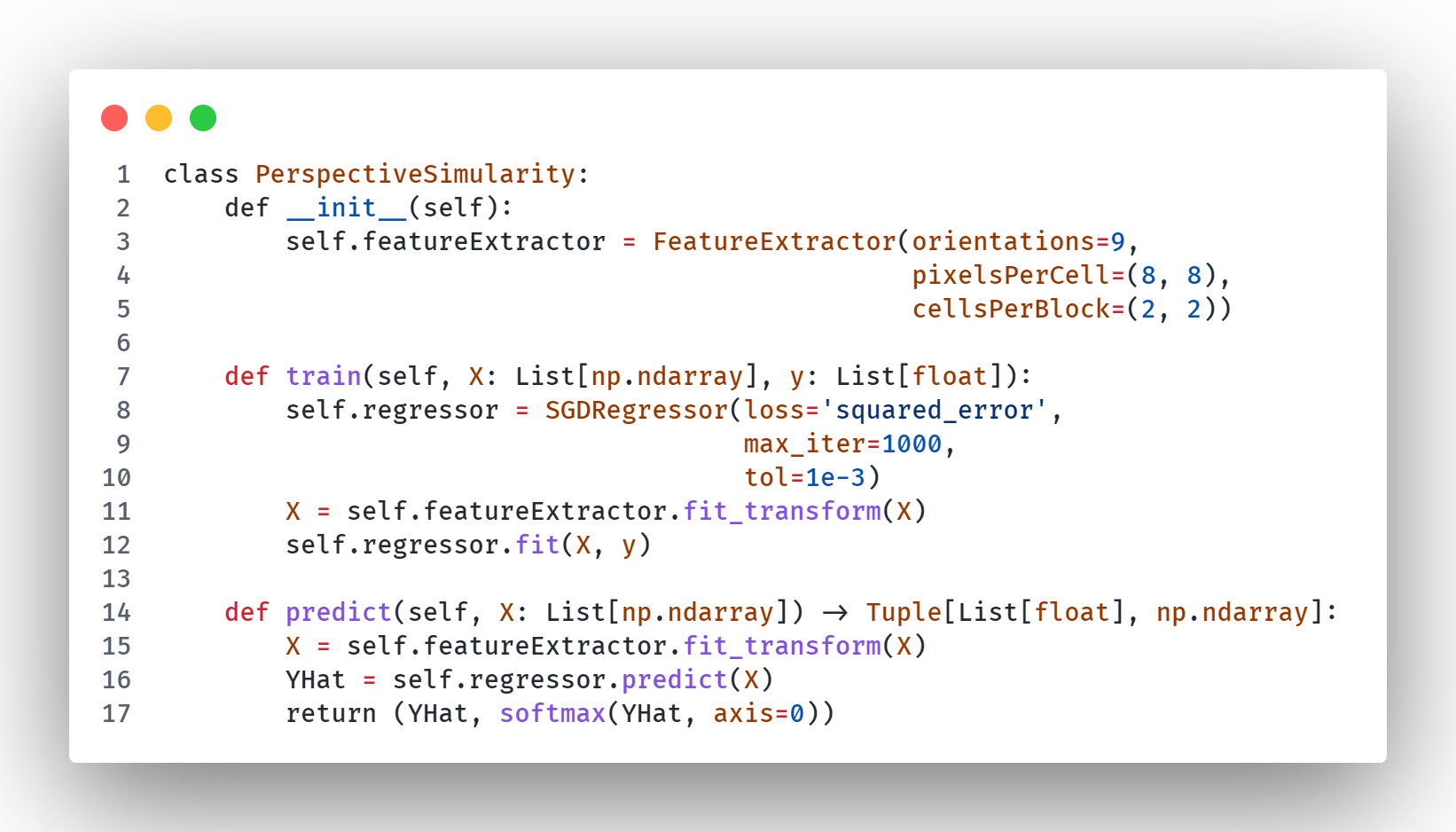- Summary - Image based Particle Filter for Drone Localization
- Live Demo
- [Step 1] - Get code via
git clone https://github.com/briancsavage/Image-Particle-Filter.git - [Step 2] - Navigate to repository locally via
cd /path/to/Image-Particle-Filter - [Step 3] - Install dependencies via
pip install -r requirements.txt - [Step 4] - Run Streamlit application locally via
streamlit run GUI.py







